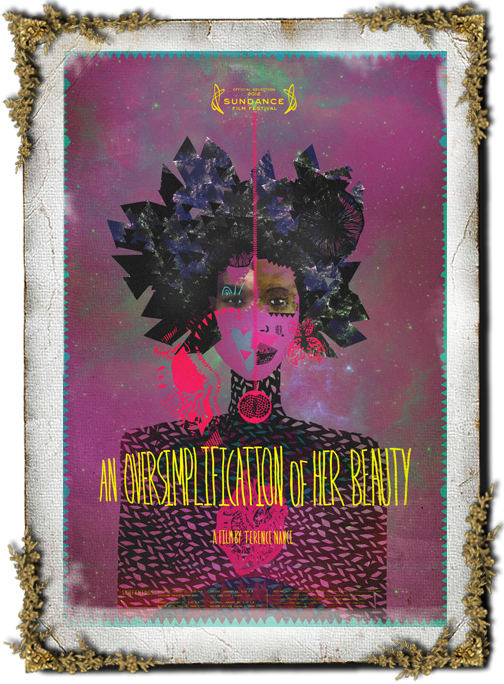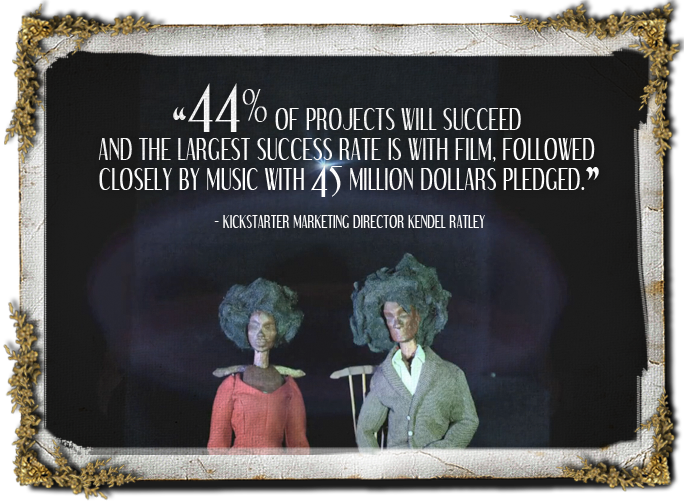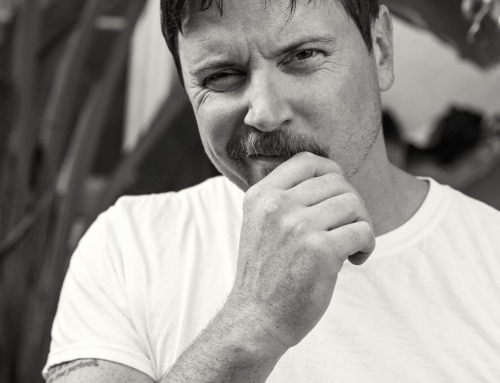You can only go to the well so many times. This is the punchline to my conversation with director Terence Nance, when discussing the topic of his latest film, An Oversimplification of Her Beauty, now screening at SXSW ’12. Starting off the interview casually talking about the film’s well-received premiere at the Sundance Film Festival, our chat quickly shifted into fleshing out the film’s journey to the festival, and more importantly, Kickstarter.com — the group sourcing network that has become the hallelujah to the funding quagmire that has so long plagued creative visionaries helming independent projects.
The film itself is a love story, the classic struggle of a boy and his quest for romance with a girl, who darts inexplicable pulses of infatuation within him. The narrative path takes us through the lead character’s colourful imagination, played by Nance; a process characterized by various mediums of animation, relaying the pining heart of Nance’s story of desire. Inside the hero’s head, the audience is invited to contemplate and empathize with the emotions that drive his on screen soliloquy.

After the Brooklyn-based director finished shooting, An Oversimplification of Her Beauty, and received the news of its acceptance into Sundance’s New Frontier section, Nance found himself facing the plight of so many independent/experimental filmmakers before him: finding financing to complete the film. And so, as any with entrepreneurial friends in creative fields might guess, Nance got onboard the Kickstarter trend to the tune of $15,000, in search of post-production funds .
“It’s a great service, but you are also asking your friends and family for the funding, so you can only ask your circle so many times. I guess it depends on how rich your friends and family are,” explains the director, who’s projects vary from film to music and art.
This isn’t the first time that Nance has used Kickstarter. Native Sun, a short-film, set in Ghana, which follows an imaginative young boy, as he looks for his father, received funding in early 2011 for color correction, editing, and sound design. Nance is still working on completing the project, in addition to a feature script he has in the pipeline, which has yet to have found funded.

“I’ll definitely use Kickstarter again. For someone like me its helped a lot. I’ve had projects that didn’t make it, but that’s part of it I guess. Kickstarter is an artist cultural institution I think, ” Nance says of his experience so far. “It’s been amazing to come to Sundance, this is my first time at a film festival and Kickstarter really helped get me here.”
Nance isn’t alone in this journey. Of this year’s Sundance premiered films, seventeen — or ten per cent of the official selection of films — were funded through Kickstarter. The company, which launched in April 2009, has increasingly played a large role in the festival and as of this year, has funded $140 million for projects globally.
The batch at Sundance included Indie Game:The Movie, a documentary by first-time Canadian directors James Swirsky and Lisanne Pajot, which gathered stories from independent game developers all over North America. The film went on to win the award for best editing in the World Cinema Documentary Competition, adding an air of legitimacy to the whole of seemingly nickle-and-dimed entries in the festival.
Both directors felt honoured by being invited to the festival and overwhelmed by their Cinderella story. “It’s a pretty good start, the community really helped us make this film every step of the way. We can’t wait to do more,” explained Pajot during a wave of excitement preceding the win at the festival. The film has been optioned by HBO for US and world distribution.
The method to the glory of Kickstarter begins with an artist setting a specific financial goal in order to complete a specific task. Then it gets into the incentives (tickets to the premiere, a producer credit etc.) to spur donations. The last step: dollars in hand, is only actualized if the project reaches its financial target. Kickstarter’s title as the world’s largest funding platform for creative projects, is a good indication that the target is often met.

Kickstarter Marketing Director, Kendel Ratley recognizes the importance of their tie to Sundance on and offline, and the funding platform’s existence as a new way for artists to reach out to the wider community, an interactive process they want to be wholly a part of. And that starts with being a presence at independently spirited festival’s like Sundance and meeting the artists Kickstarter have helped back.
“Forty four per cent of projects will succeed and the largest success rate is with film, followed closely by music with 45 million dollars pledged,” explains Ratley. “Every category is making great strides and growing consistently. It is exciting to see those recognized categories and niche audiences. The board game community which has been largely unchanged in the past few decades, has been revitalized with entirely new participation and funding. But whether the project is film or something else, we live and die by every project on kickstarter.com.”
Nance is thankful for the support of his online community, but is weary to oversimplify the success he’s had with Kickstarter. For now, he goes to the well until the water runs dry, hoping to sprout new work.











